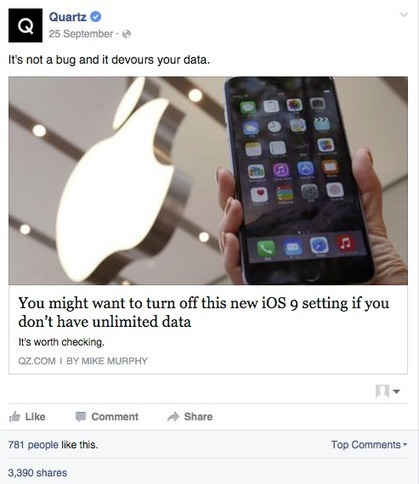The results make for interesting reading. Reagan and co say that their techniques all point to the existence of six basic emotional arcs that form the building blocks of more complex stories. They are also able to identify the stories that are the best examples of each arc.
The six basic emotional arcs are these:A steady, ongoing rise in emotional valence, as in a rags-to-riches story such as Alice’s Adventures Underground by Lewis Carroll. A steady ongoing fall in emotional valence, as in a tragedy such as Romeo and Juliet. A fall then a rise, such as the man-in-a-hole story, discussed by Vonnegut. A rise then a fall, such as the Greek myth of Icarus. Rise-fall-rise, such as Cinderella. Fall-rise-fall, such as Oedipus.
Finally, the team looks at the correlation between the emotional arc and the number of story downloads to see which types of arc are most popular. It turns out the most popular are stories that follow the Icarus and Oedipus arcs and stories that follow more complex arcs that use the basic building blocks in sequence. In particular, the team says the most popular are stories involving two sequential man-in-hole arcs and a Cinderella arc followed by a tragedy....



 Your new post is loading...
Your new post is loading...











Scientists at the Computational Story Laboratory have analyzed novels to identify the building blocks of all stories.